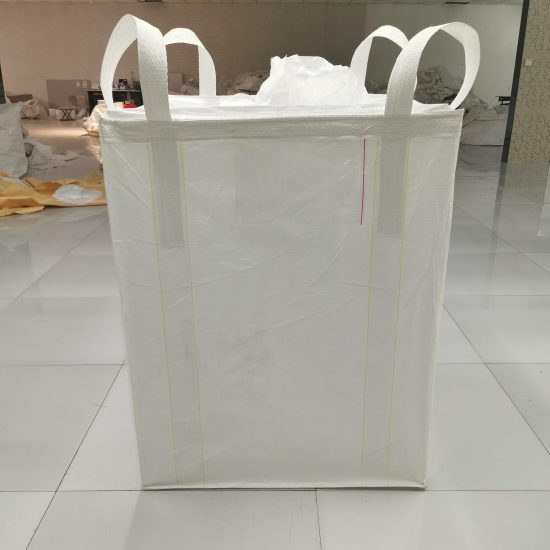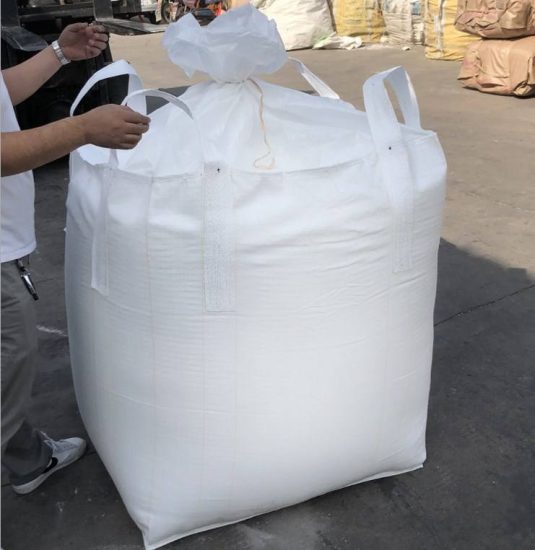Jumbo bags, also known as FIBCs (Flexible Intermediate Bulk Containers), can be effectively used for managing hazardous waste. Here are some considerations for using jumbo bags in hazardous waste management:
- Material Selection: When handling hazardous waste, it is important to select jumbo bags that are specifically designed for this purpose. UN certified jumbo bags are available for the safe containment and transportation of hazardous materials. These bags undergo rigorous testing to ensure compliance with United Nations packaging standards for hazardous substances.
- Compatibility: Ensure that the jumbo bags you choose are compatible with the specific type of hazardous waste you are handling. Different hazardous materials may have unique requirements in terms of chemical resistance, moisture protection, and containment properties. Select jumbo bags that are designed to safely store and transport the specific hazardous waste you are dealing with.
- Safety Features: Jumbo bags for hazardous waste management may come with additional safety features. For example, anti-static jumbo bags are used when handling flammable materials to prevent the buildup of static electricity that could ignite the waste. Other safety features such as tamper-evident closures, UV stabilization, or anti-leak coatings may also be available, depending on the requirements of the hazardous waste.
- Containment and Sealing: Jumbo bags used for hazardous waste should have reliable containment and sealing mechanisms to prevent leaks, spills, or emissions of the hazardous materials. The bags should be properly sealed using closures such as tie-downs, zippers, or heat sealing methods. It is essential to follow proper procedures to securely seal the bags and prevent any potential hazards during storage and transportation.
- Labeling and Identification: Clearly label jumbo bags used for hazardous waste with appropriate markings and symbols to indicate the nature of the waste and any associated risks. Follow the regulations and guidelines for hazardous waste labeling to ensure compliance and facilitate proper handling and disposal.
- Compliance with Regulations: When managing hazardous waste, it is crucial to comply with local, regional, and national regulations governing the storage, transportation, and disposal of hazardous materials. Ensure that the jumbo bags you use meet the necessary regulatory requirements for the specific type of hazardous waste being handled.
- Proper Handling and Storage: Follow proper procedures for handling and storing jumbo bags containing hazardous waste. Train employees on the correct protocols for loading, transporting, and unloading the bags to minimize the risk of accidents or spills. Store the bags in designated areas that comply with regulatory requirements for hazardous waste storage.
- Disposal or Recycling: When the jumbo bags have served their purpose and are no longer needed, follow appropriate disposal or recycling methods for the bags and the hazardous waste they contained. Consult local regulations and waste management authorities to ensure proper and environmentally responsible disposal or recycling practices.
Using jumbo bags in hazardous waste management can provide a safe and efficient solution for the containment and transportation of hazardous materials. By selecting the right jumbo bags, following safety procedures, and complying with regulations, businesses can effectively manage hazardous waste while minimizing the risk to human health and the environment.


